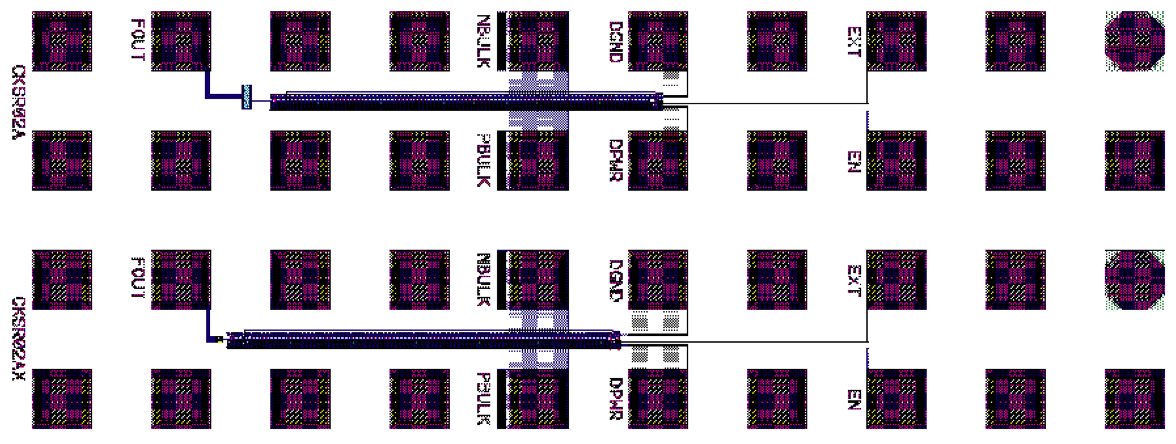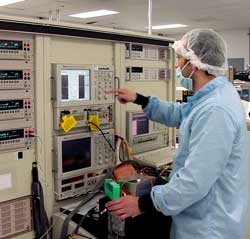Testing is a key aspect of reliability evaluations. Testing must be performed not only for individual failure mechanisms, but also at the component level. Component level testing helps ensure that all potential failure mechanisms are addressed. There are two types of testing at the component level: electrical screens and stress/life tests. Electrical screens are performed using automated test systems and are similar to standard functional tests. Stress and life tests are performed over longer periods of time under accelerated conditions. These conditions could be higher voltage levels, higher temperatures, high humidity levels, or a combination of each.
In order to make an accurate prediction concerning the reliability of a component or system, one must have data on the behavior of the system, or its individual components or failure mechanisms. While these can be estimated based on other experiments or data, it is best to gather data from the system, components, or surrogate test structures directly. This material describes test structures, test equipment, and the type of tests that are performed to generate reliability data. It includes material on burn-in, humidity testing, thermal cycling, and other types of accelerated testing.


